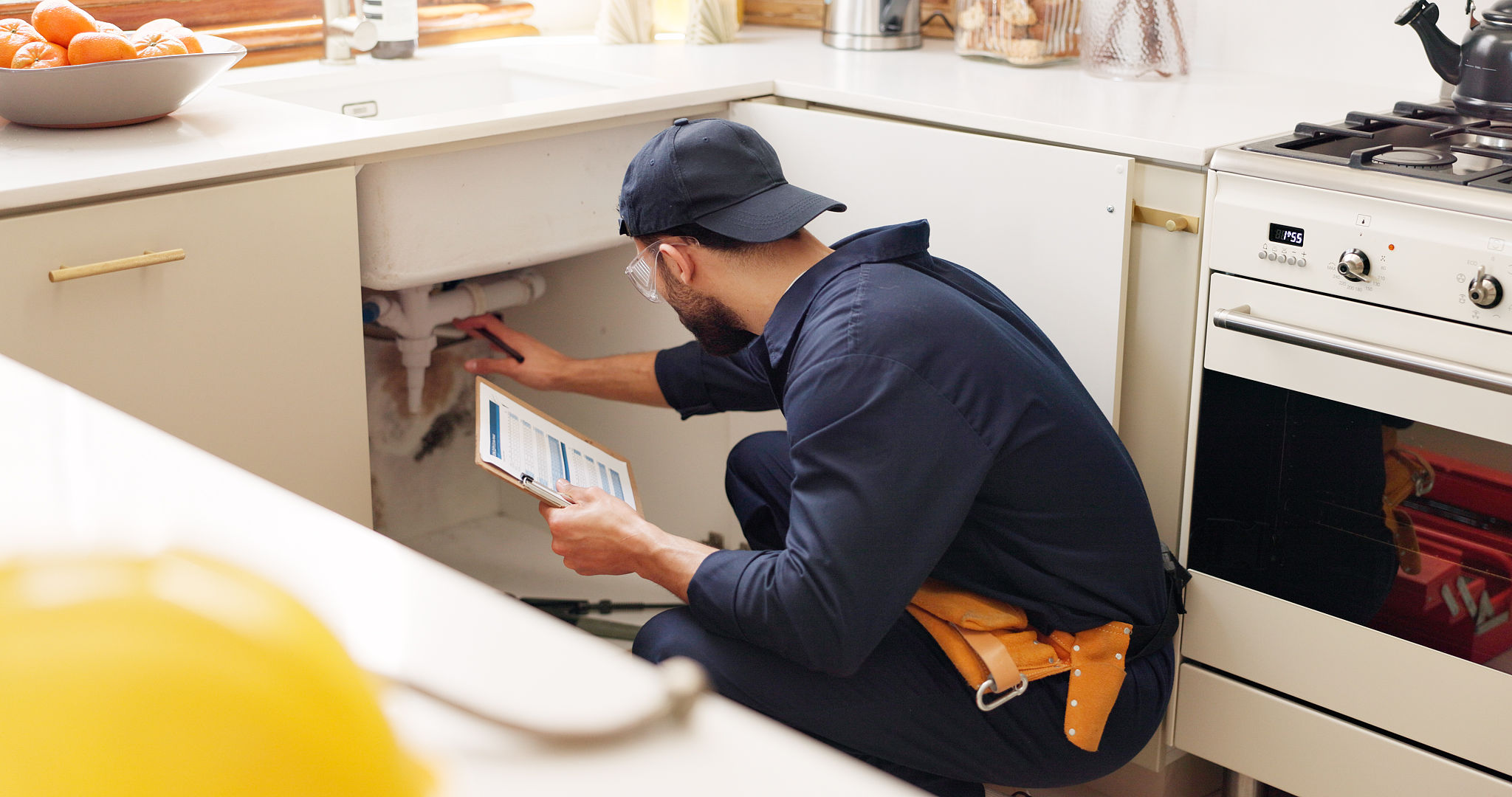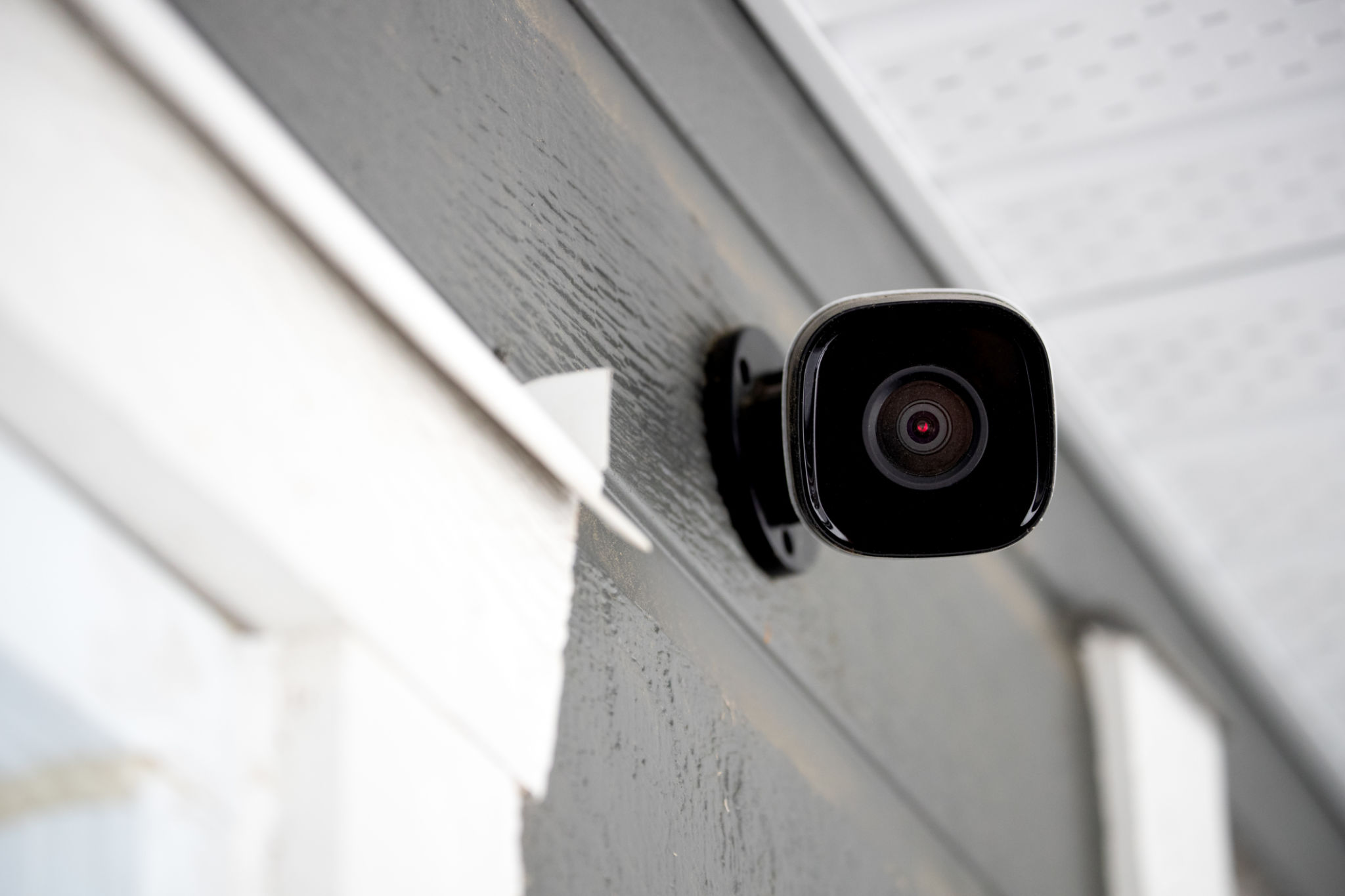How to Choose the Right Safe for Your Home: Expert Tips
Understanding Your Needs
Choosing the right safe for your home begins with understanding your specific needs. Are you looking to secure important documents, valuable jewelry, or perhaps firearms? Each type of item requires different levels of security and types of safes. Consider the value and size of the items you plan to store, and whether you need quick access or long-term storage.
Additionally, think about the potential threats in your area. Is your neighborhood prone to burglaries, or are natural disasters like floods and fires a concern? Understanding these risks will help you select a safe that not only secures your belongings but also keeps them protected from environmental hazards.

Types of Safes
Fireproof Safes
Fireproof safes are designed to withstand high temperatures and protect your valuables from fire damage. They are rated by the amount of time they can withstand a fire, typically ranging from 30 minutes to several hours. If fire is a significant concern for you, investing in a high-rated fireproof safe is essential.
Burglar-Resistant Safes
Burglar-resistant safes are built to deter theft attempts with features like thick walls, solid locks, and anti-drill plates. Look for safes that have been tested and certified by recognized organizations, such as Underwriters Laboratories (UL), which provides ratings based on the safe's resistance to break-ins.

Size and Capacity
The size and capacity of your safe are crucial considerations. A safe that's too small may not accommodate all your valuables, while an excessively large safe might be impractical for your space. Make a list of items you plan to store and choose a safe that offers enough room without being cumbersome. Remember, some safes come with adjustable shelves or compartments which can help maximize storage efficiency.
Consider where you will place the safe in your home. It's important to find a balance between accessibility and discretion. Some homeowners prefer wall safes hidden behind pictures, while others might opt for floor safes set into concrete.

Locking Mechanisms
The locking mechanism is a critical component of any safe. Options include combination locks, electronic keypads, biometric scanners, and traditional keys. Each type comes with its own advantages and drawbacks.
Electronic keypads offer quick access with a personalized code but require battery changes. Biometric locks provide high security with fingerprint recognition but can be more expensive. Combination locks don't rely on power sources but may take longer to open. Choose a mechanism that aligns with your security needs and ease of use preferences.
Budget Considerations
Safes come in various price ranges, often dictated by size, features, and level of protection. While it's tempting to opt for a cheaper model, investing in a high-quality safe is a wise decision for the long term. Determine your budget by weighing the value of your stored items against potential risks.
When budgeting, don't forget to consider additional costs such as delivery, installation, and potential maintenance or upgrades in the future.

Conclusion
Selecting the right home safe involves careful consideration of your needs, the type of protection required, size and placement, locking mechanisms, and budget. By evaluating these factors, you can ensure that your valuables are well-protected against theft, fire, and other hazards.
Remember, it's always wise to consult with an expert if you're unsure about any aspect of choosing a safe. With the right guidance and information, you'll be able to make an informed decision that provides peace of mind for years to come.
